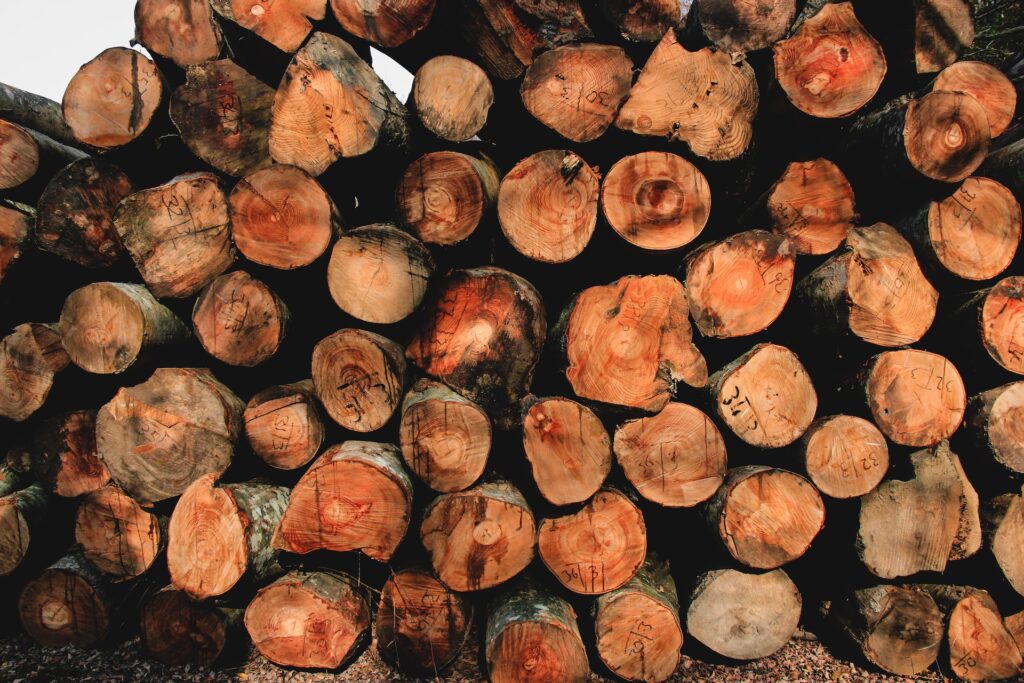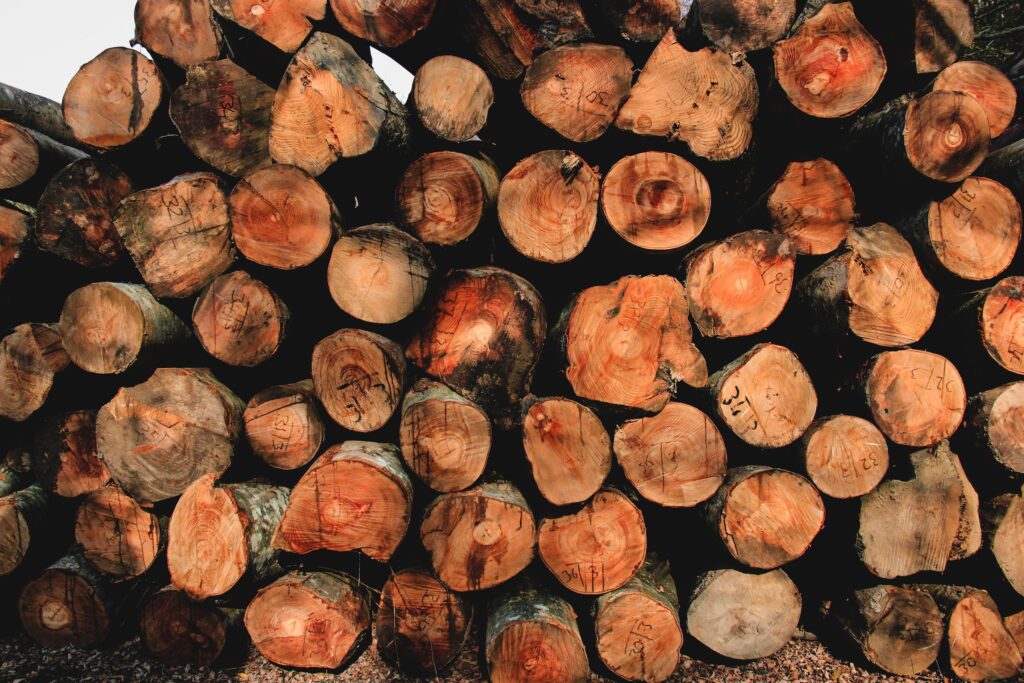Nestled amidst a distinctive amalgamation of tropical climate and richly varied ecosystems, Darwin has perennially served as a sanctuary for abundant and vibrant green landscapes. In the recent past, the city has experienced a notable upswing in community-driven initiatives dedicated to augmenting its urban forest, achieved through concerted efforts in tree planting and lopping programs. These initiatives not only enhance the visual allure of the city but also play a pivotal role in cultivating a heightened sense of environmental responsibility among its residents.

The Green Movement in Darwin
As urbanization persists in reshaping Darwin’s landscape, residents are progressively recognizing the significance of safeguarding and enhancing the city’s verdant spaces. The Green Movement in Darwin represents a collective effort by community members to actively engage in tree planting and lopping initiatives, seeking to strike a balance between development and environmental conservation.
The Significance of Initiatives Driven by the Community
Biodiversity Conservation
Community-driven tree planting initiatives in Darwin aim to enhance biodiversity within the city. By introducing native species and maintaining a diverse range of trees, residents actively contribute to the preservation of local flora and fauna.
Climate Resilience
Amidst the challenges posed by climate change, the strategic planting of trees emerges as a pivotal tool for cities, providing a crucial means to adapt and fortify resilience. Community initiatives in Darwin focus on selecting tree species that are well-suited to withstand the region’s climatic challenges, including extreme temperatures and occasional cyclones.
Community Bonding
Beyond the environmental impact, these initiatives foster a sense of community bonding. Residents coming together to plant and lop trees create shared spaces, strengthening social ties and instilling a sense of pride and ownership in the local environment.
Noteworthy Initiatives in Darwin
The Darwin Green Thumb Collective
Established in 2017, the Darwin Green Thumb Collective is a grassroots organization that spearheads tree planting and lopping initiatives. The collective conducts regular community workshops, educating residents on the importance of responsible tree care and involving them in hands-on activities.
Neighborhood Tree Adoption Program
Some Darwin neighborhoods have implemented tree adoption programs where residents take responsibility for the care and maintenance of specific trees within their vicinity. This approach ensures sustained community involvement in the long-term well-being of the urban forest.
Schools and Educational Institutions Leading the Way
Many schools in Darwin have integrated tree planting into their curriculum, teaching students the value of environmental stewardship. These educational initiatives not only contribute to a greener city but also nurture a generation of environmentally conscious citizens.
Success Stories
Lop and Learn: A Darwin Suburb’s Transformation
The suburb of Parap witnessed a remarkable transformation through a ‘Lop and Learn’ initiative. Residents collaborated with arborists to identify trees in need of lopping, simultaneously learning about responsible tree care. The result was a safer, more visually appealing neighborhood.
Challenges and Solutions
Balancing Development and Conservation
A key challenge encountered by community-driven initiatives lies in striking a delicate balance between advancing urban development and preserving vital conservation efforts. Facilitating collaborative discussions among community leaders, local authorities, and urban planners is imperative for identifying and implementing sustainable solutions.
Ensuring Long-Term Maintenance
Maintaining the momentum of community-driven initiatives necessitates a steadfast dedication to long-term upkeep and care. Forging collaborations with local businesses, government agencies, and environmental organizations is instrumental in securing sustained support and resources for the initiative.
Ways to Engage and Participate
Join Local Community Groups
Residents interested in participating in tree planting and lopping initiatives can join local community groups or environmental organizations actively engaged in such projects.
Attend Workshops and Events
Stay informed about upcoming workshops and events focused on tree planting and lopping. These gatherings provide valuable knowledge and hands-on experience for participants.
Advocates for Green Spaces
Individuals can fervently champion the preservation of current green spaces and actively advocate for the seamless integration of trees into the fabric of urban planning. Engaging with local authorities and attending public forums can be an effective means of voicing concerns and ideas.
Community-driven tree planting and lopping initiatives in Darwin embody the spirit of environmental stewardship and community engagement. As residents actively embrace stewardship of their urban environment, the city not only undergoes a transformation into a more aesthetically pleasing space but also fortifies its resilience in the face of environmental challenges. These endeavors stand as a guiding light, inspiring other cities to navigate the intricate interplay between development and conservation. They demonstrate unequivocally that a more sustainable and verdant future is achievable when communities unite for a shared purpose.

